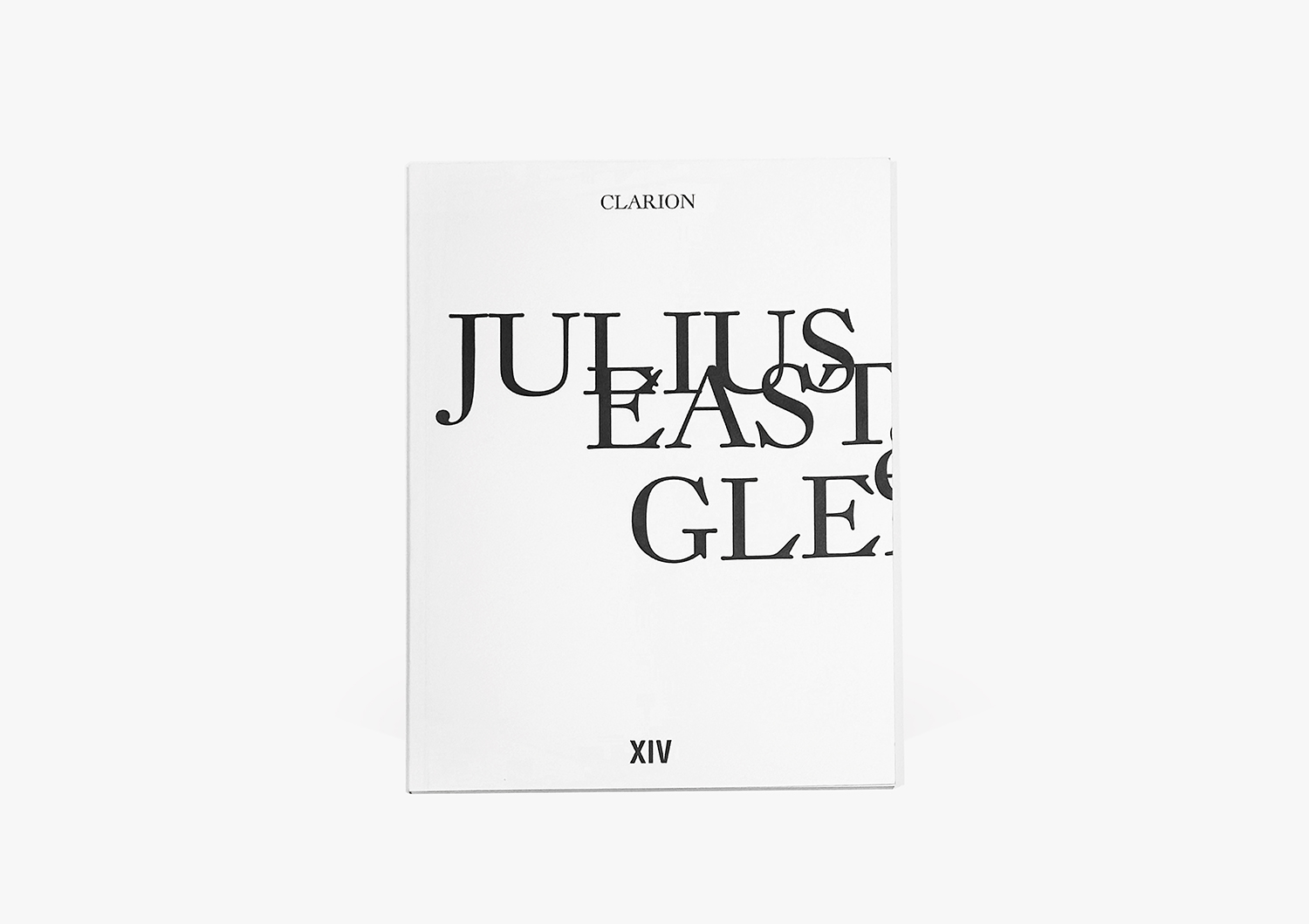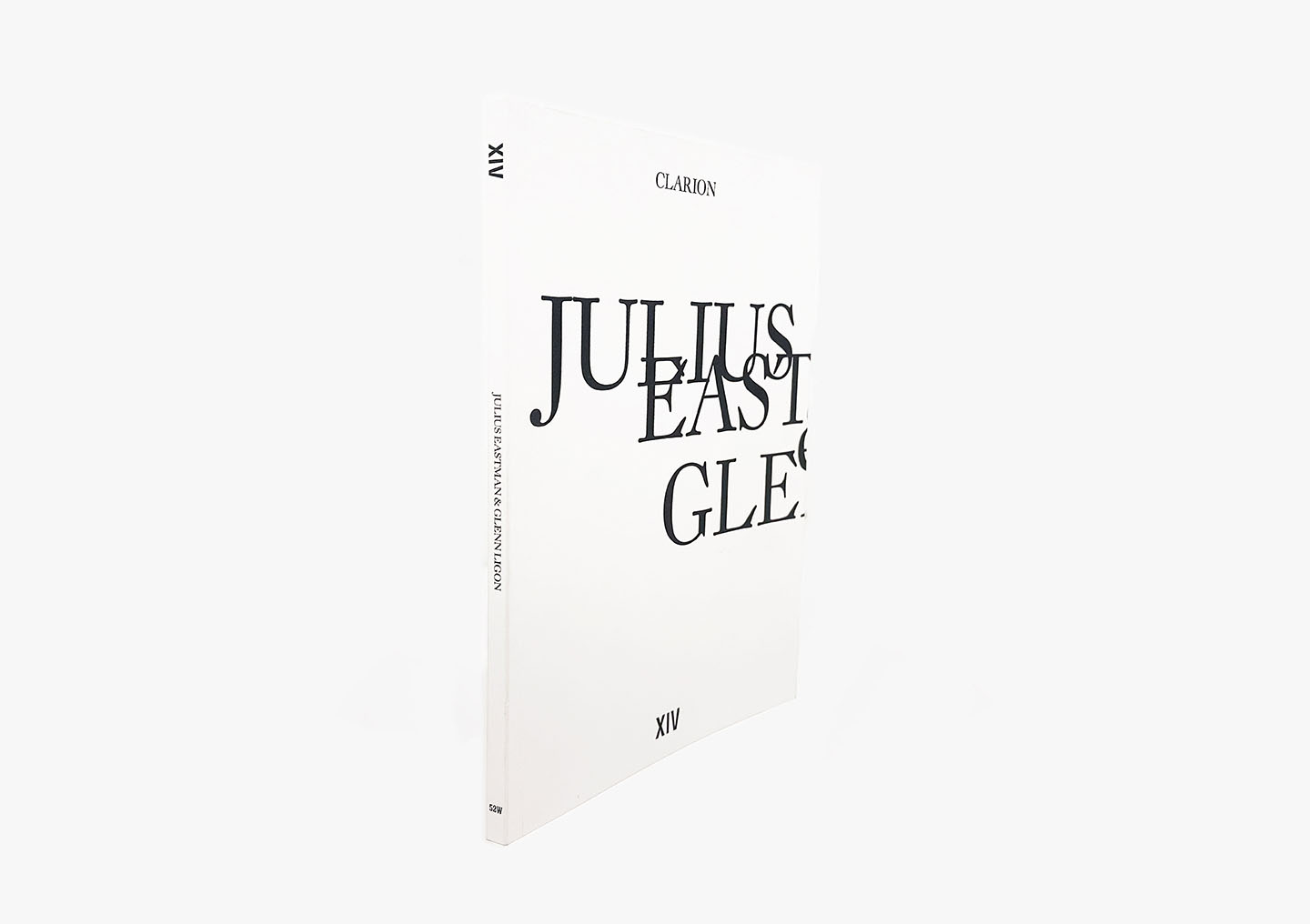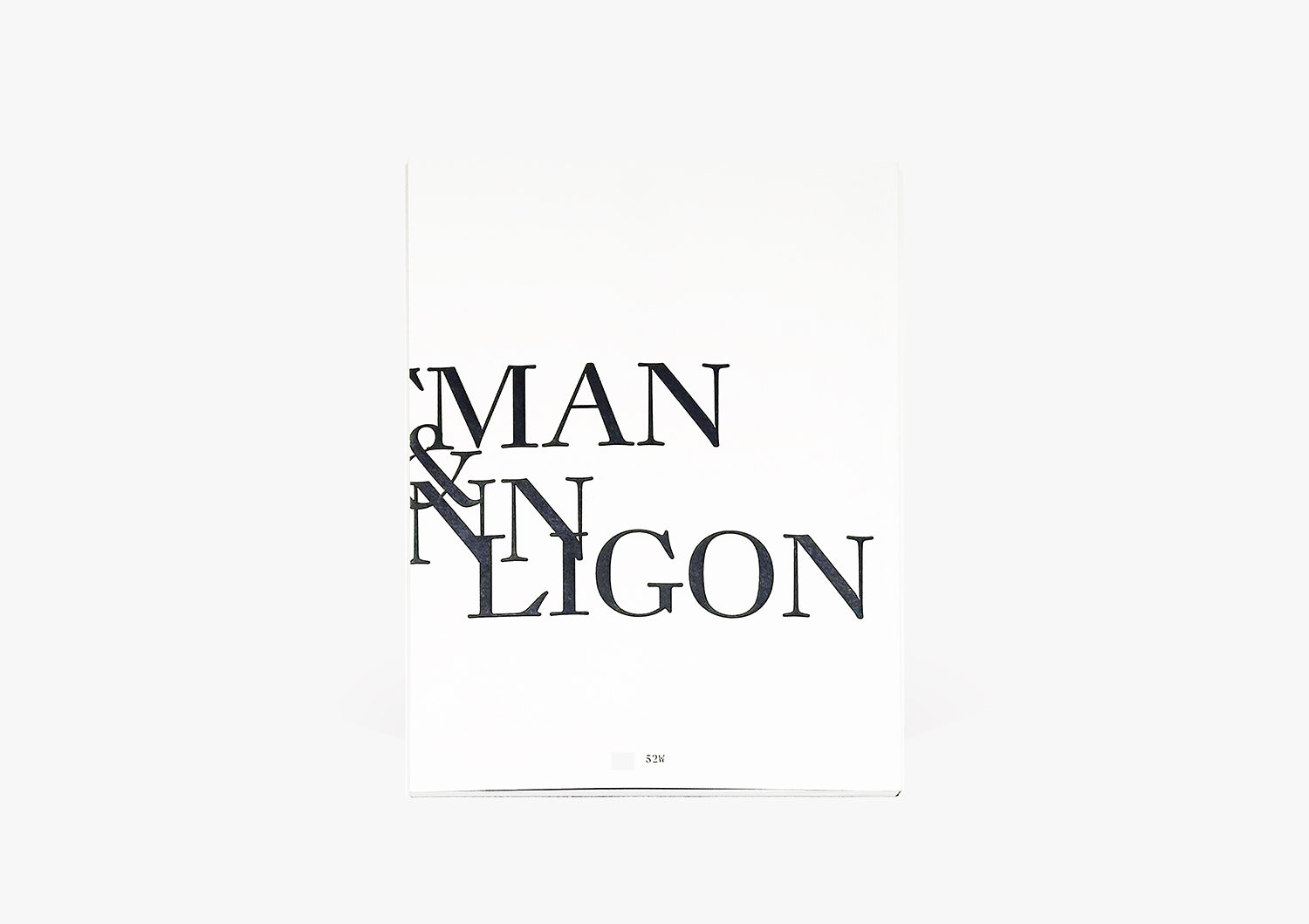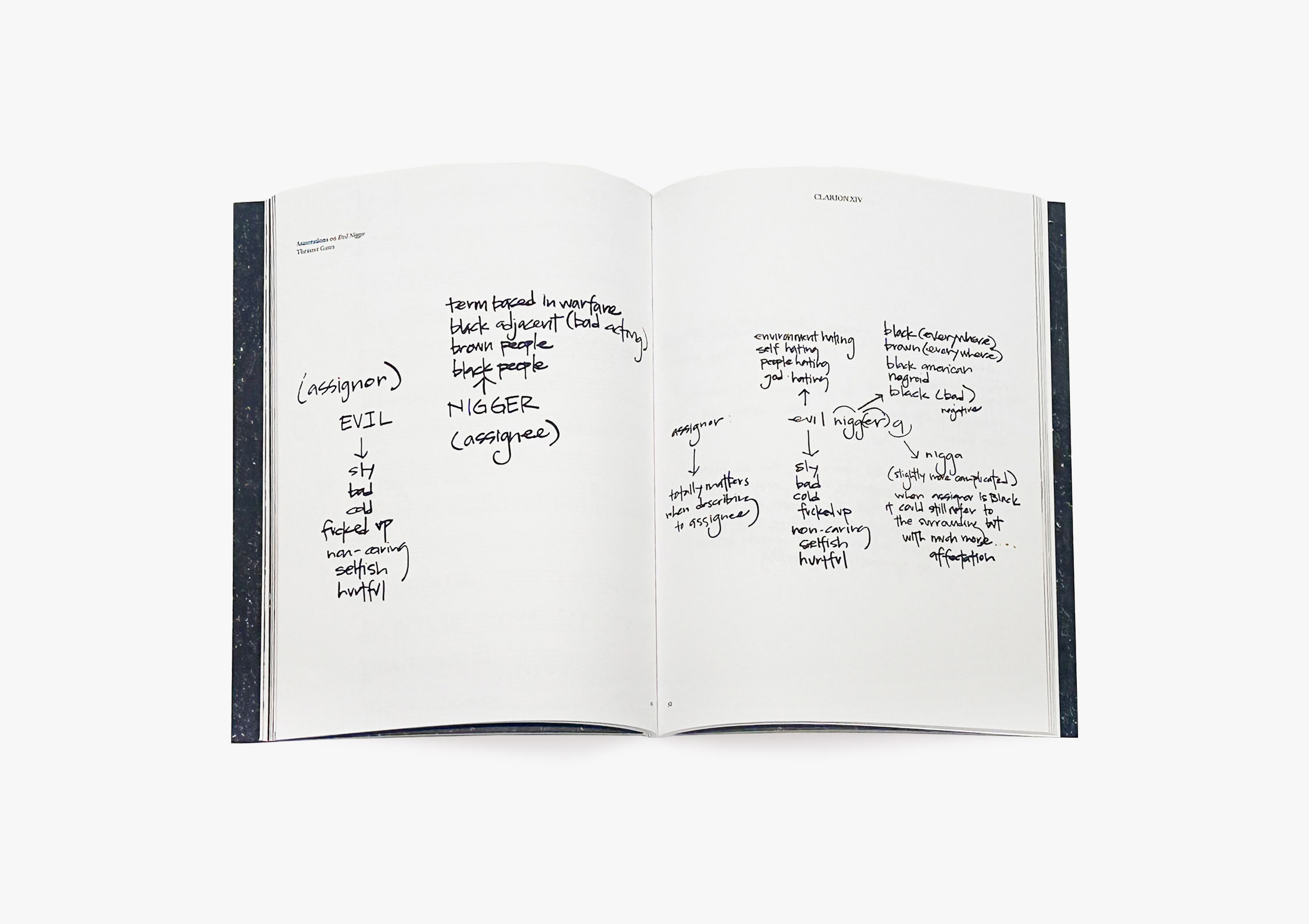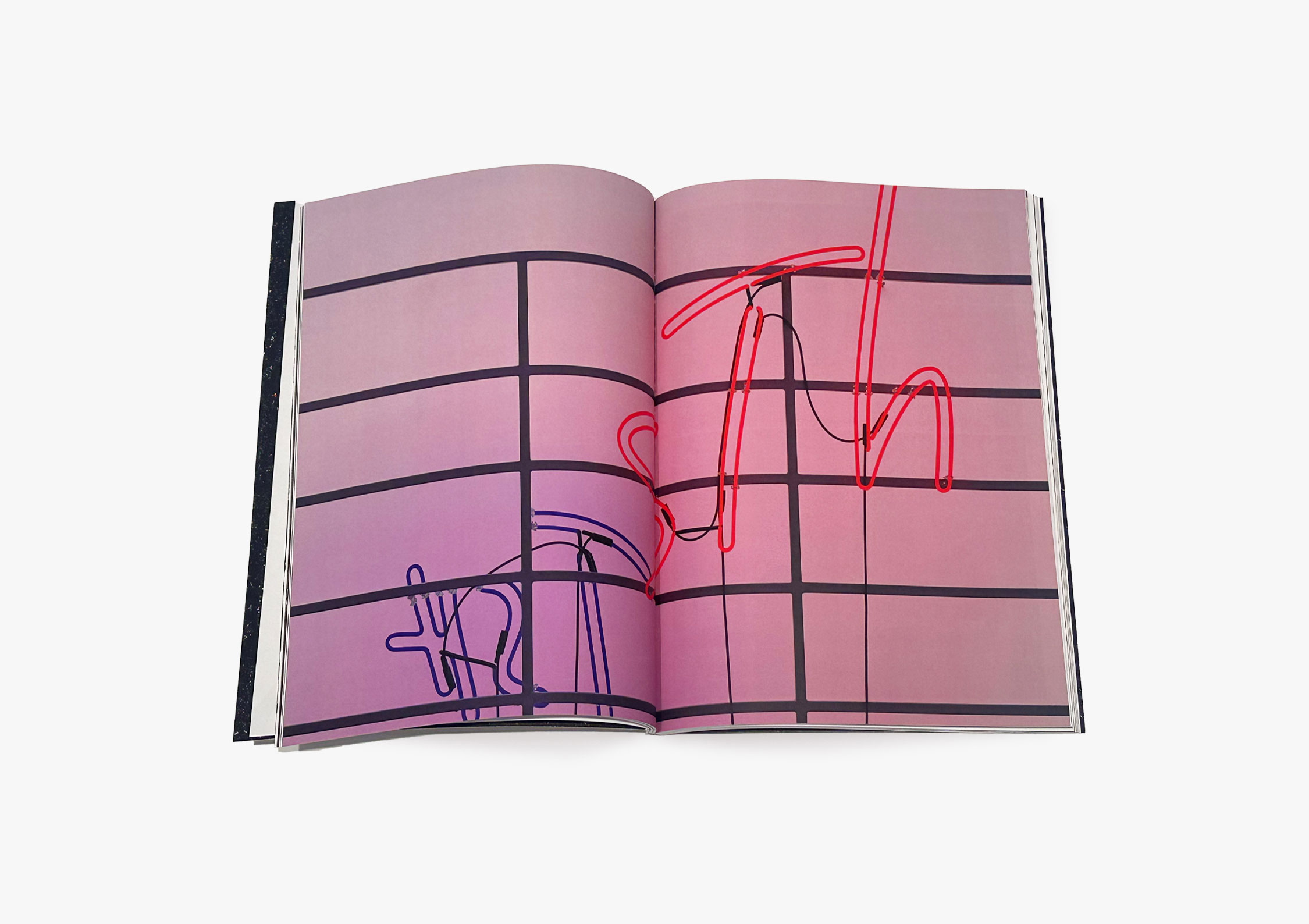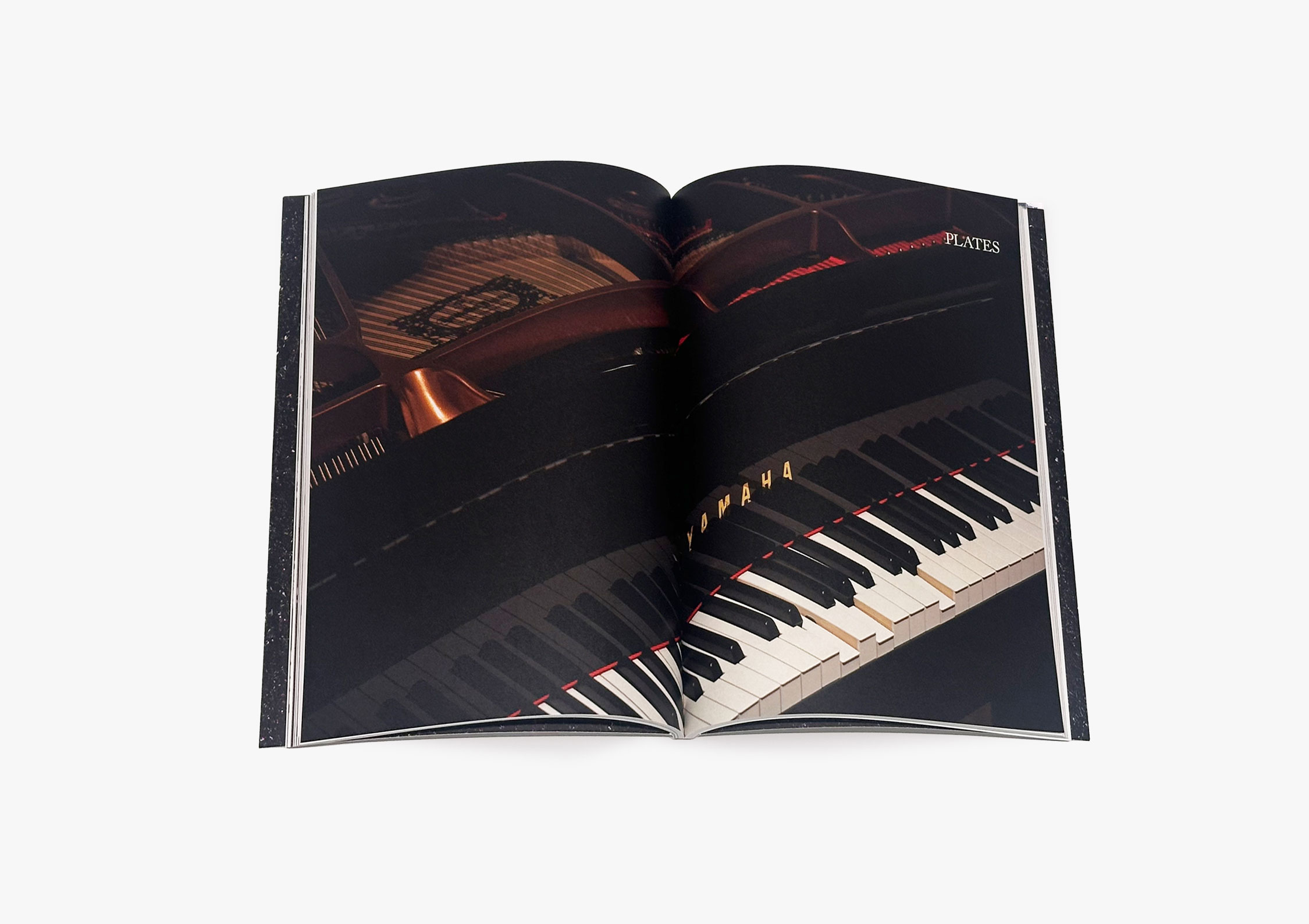Clarion Vol 14: Julius Eastman and Glenn Ligon: Evil Nigger
Words are Pictures
Excerpt:
Did Glenn Ligon and Julius Eastman ever cross paths in the South Bronx? It’s tempting to wonder . . . In 1962, Eastman, still a music student, performed at the neighborhood’s Saint Augustine Episcopal Church—but Ligon was just two years old, and anyway, his mother belonged to A.M.E. Zion. Eastman came back in 1976, now thirty-five and a notable avant-garde composer, moving into his grandmother’s six-apartment building while transitioning from staid Buffalo to the experimental venues of downtown New York. By then, South Bronx DJs were inventing a new genre called hip-hop. And Ligon was now a teenager in the Forest Houses projects, commuting to a Manhattan school on graffitied subway cars that modeled how texts could be art. The reed-thin, bespectacled, leather-
jacket-clad Eastman must have been striking. And so self-confident: Two years prior, he had told a journalist, “What I am trying to achieve is to be what I am to the fullest: black to the fullest, a musician to the fullest, and a homosexual to the fullest.” Young Ligon, on the other hand, was still in the process of realizing that he was “not going to be quite like other boys.”1 Still scared, as he later recalled, to sing along with James Brown: “I’m black and I’m proud.”2
